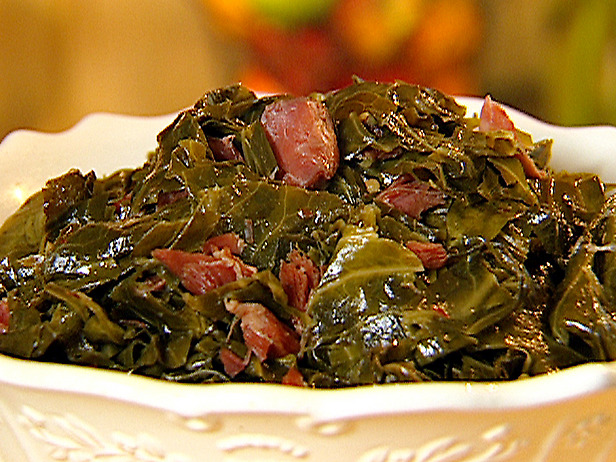Confederate Secretary of State Judah P. Benjamin was one of the most vocal advocates of arming the slaves to fight the North and offering freedom in return for defending their country. He said in February 1865, “Let us say to every Negro who wishes to go into the ranks on condition of being made free, “Go and fight – you are free.” Let us imitate [the Yankees] in this. I would imitate them in nothing else.”
Bernhard Thuersam, www.Circa1865.com
No Sacrifice Too Great for Independence
“On 12 October [1864] a radical editorial appeared in the [Richmond] Sentinel. Probably influenced by [Judah P.] Benjamin, it wrote that the South “would sooner sacrifice slavery a thousand times than to be conquered by the Yankees and have it sacrificed by them. If it becomes necessary we can enlist the Negro element on our side. We can make all the offers that the Yankees can, and some they cannot.”
Other editorials in somewhat similar vein followed on 14 and 24 November – after Lincoln had been re-elected and Sherman was marching to the sea. In the latter editorial the Sentinel flatly advocated the arming of the slaves in case General Lee and the other military authorities felt it was necessary for Southern success.
The Negroes who fought in the ranks were to be given their freedom at the end of the war. For it was not a case, the Sentinel said, where the Confederate people could cling to pre-conceived notions and prejudices about slavery. If they did not arm the Negroes to fill their depleted ranks, they were likely to lose their independence, and no sacrifice was too great to keep them from getting under the Yankee yoke.
Simultaneously with the appearance of these editorials the Confederate Congress had assembled on 7 November, and Jefferson Davis, reputedly on Benjamin’s suggestion, recommended the employment of 40,000 slaves in the army but not to be used as soldiers except in the last extremity; after the war they were to be emancipated.
It was an opening wedge for the use of large numbers of Negro troops in the Confederate ranks . . . [and] General Lee, Governor Smith of Virginia, Senator Brown and Benjamin argued ably for the measure on the ground of military necessity. In a letter on 21 December to his old college-mate Frederick Porcher of Charleston, who had written him primarily to urge the arming of the slaves, Benjamin indicated that President Davis was only waiting for public opinion to ripen on the subject.
Early in February, 1865, the Confederate peace commissioners, Judge Campbell, Alexander H. Stephens, and R.M.T. Hunter, returned from their unsuccessful meeting with Lincoln and Seward at Fortress Monroe. A mass meeting was then held in the African Church at Richmond on 9 February to rally the people for a further desperate effort. The African Church, then the largest auditorium in Richmond, was frequently borrowed from its Negro members for such assemblies.
{Judah Benjamin spoke] “I want all the bacon, everything which can feed soldiers, and I want it as a free gift to the country. Talk of rights! What rights do the arrogant invaders leave you? Look to the trenches below Richmond. Is it not a shame that men who have sacrificed all in our defence should not be reinforced with all the means in our power? Is it any time now for antiquated patriotism to argue refusal to send them aid, be it white or black?
I wish to call your attention to some figures, which I wish you to seriously ponder. In 1860 the South had 1,664,000 arms-bearing men. How many men have the Yankees send against us? In 1861, 654,000; in 1862, 740,000; in 1863, 700,000; in 1864 they called out 1,500,000.
Here you have the figures that they brought out 3,000,000 men against 1,664,000 Confederates., who lived at the beginning of the war to draw sword in their country’s service. Our resources of white population have greatly diminished, but you had 680,000 black men of the same ages, and could Divine prophesy have told us of the fierceness of the enemy’s death grapple at our throats, could we have known what we now know, that Lincoln has confessed, that without 200,000 Negroes which he stole from us, he would be compelled to give up the contest, should we have entertained any doubts upon the subject?”
Judah P. Benjamin, Confederate Statesman, Robert Douthat Meade, Oxford University Press, 1943, pp. 305-307)



